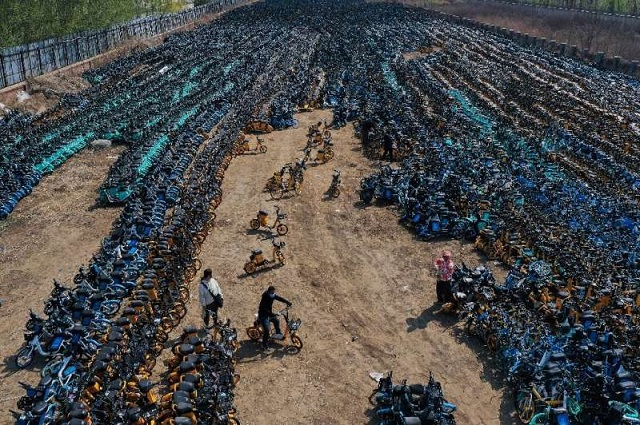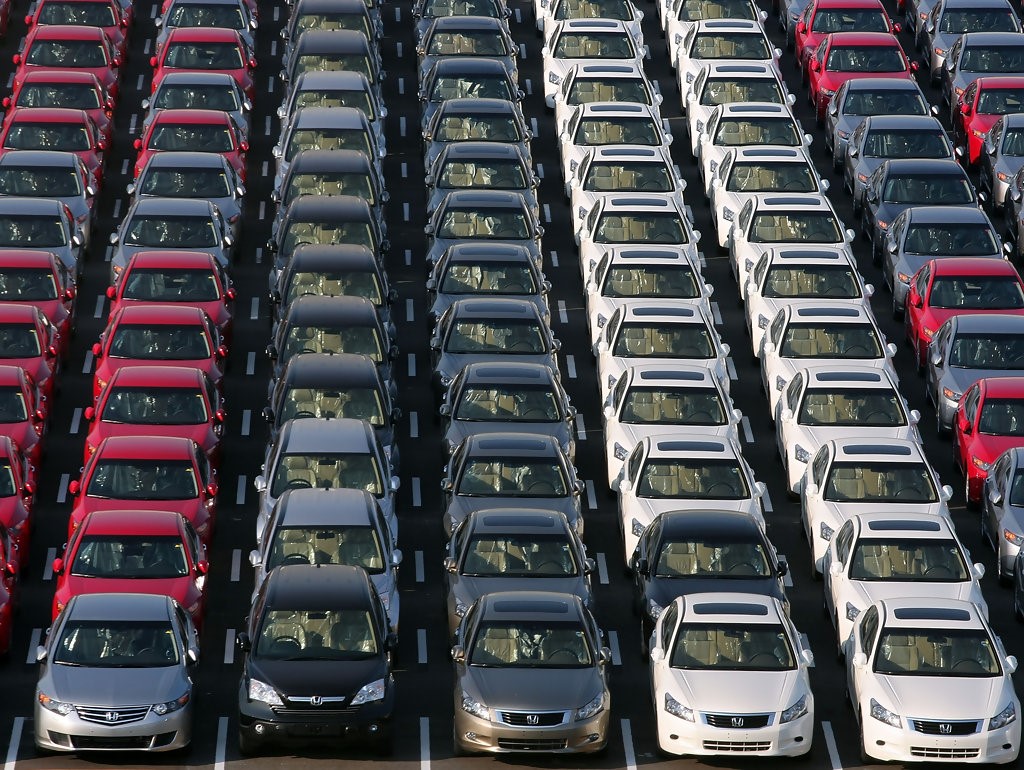The Growing Dilemma of Unsold Cars: A Looming Crisis in the Automotive Industry
In recent years, a concerning trend has emerged in the automotive industry, resulting in vast cemeteries of brand-new cars that never found buyers. Despite this alarming progression, the production policies remain unchanged, posing a significant challenge for car manufacturers worldwide. The number of unsold cars continues to escalate each year, creating an unsustainable situation.
The issue of car overproduction took root in 2009 when manufacturers began churning out products at an unprecedented rate, far exceeding market demand. Left with surplus inventory, vast playgrounds filled with brand-new cars became a common sight. The reluctance to halt assembly lines stems from the fear of closing factories and the subsequent mass layoffs of workers. Such a scenario could trigger a domino effect, leading to the bankruptcy of steel mills supplying car bodies and the closure of numerous enterprises producing components and assemblies for automobiles.
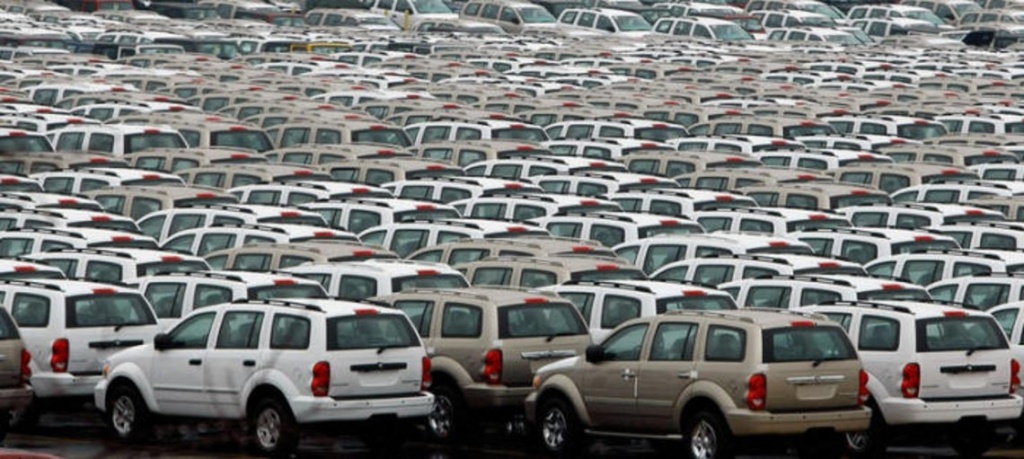
One glaring example is the staggering number of cars awaiting sales in Baltimore Harbor, Maryland – a poignant symbol of a system on the brink. Despite the logical solution of offering discounts to spur sales, automakers are hesitant, aiming to recoup every dollar invested in these idle machines. Lowering prices could also have a cascading effect, leaving more expensive models without buyers.
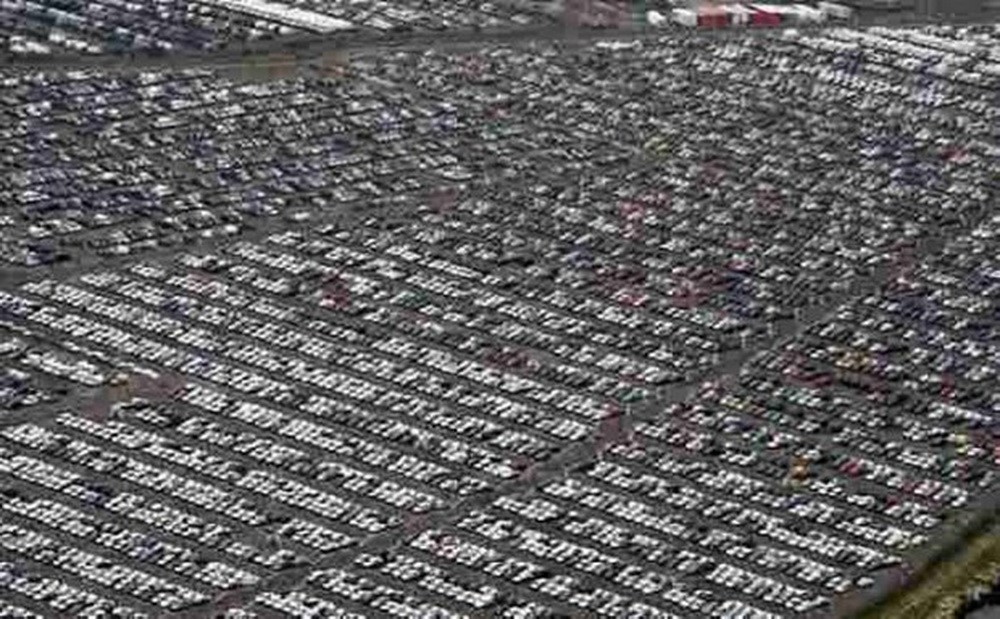
Similar scenes unfold globally, with thousands of unsold cars accumulating in Sheerness, Great Britain, and Swindon, reflecting the stark reality of excess production. The usual cycle of "buy-use-buy" has been disrupted, as developed countries already have high car ownership rates. Consumers are now inclined to prolong the life of their existing vehicles through careful maintenance rather than purchasing new ones.
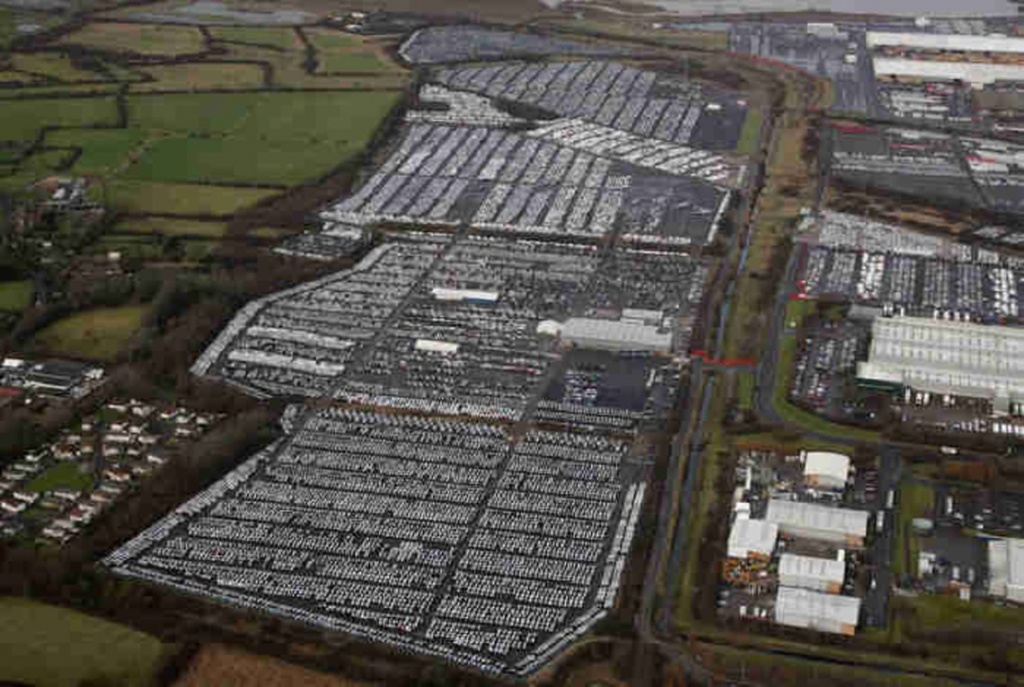
Parking lots near Nissan plants, as well as in Russia, notably near St. Petersburg, portray the magnitude of the problem. Runways intended for planes are repurposed to accommodate the surplus vehicles imported from Europe, highlighting the severity of the situation.
The imbalance between car production and consumer demand has disrupted the traditional cycle. Families no longer replace their cars annually, opting to use vehicles for extended periods. The consequences are visible – millions of brand-new cars with zero mileage remain stranded in parking lots, a testament to a system in need of reform.
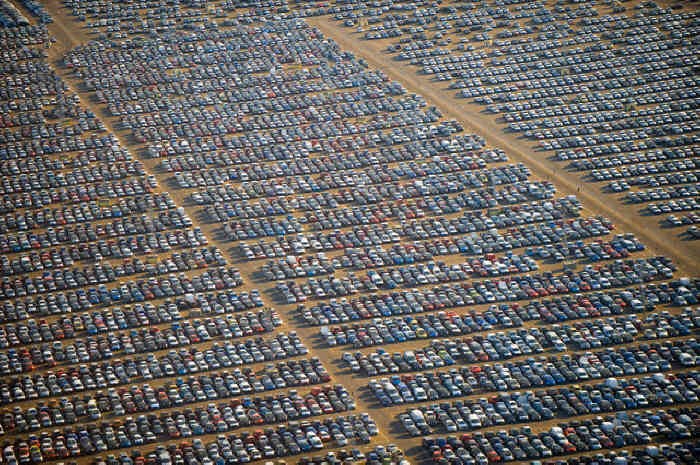
The sheer quantity of cars on the planet, almost 10 billion, has surpassed the global human population, leading to challenges of overcrowding. Unsold Citroen cars in Corby, Northamptonshire, shipped daily from France, exemplify the struggle to find space for these surplus vehicles.
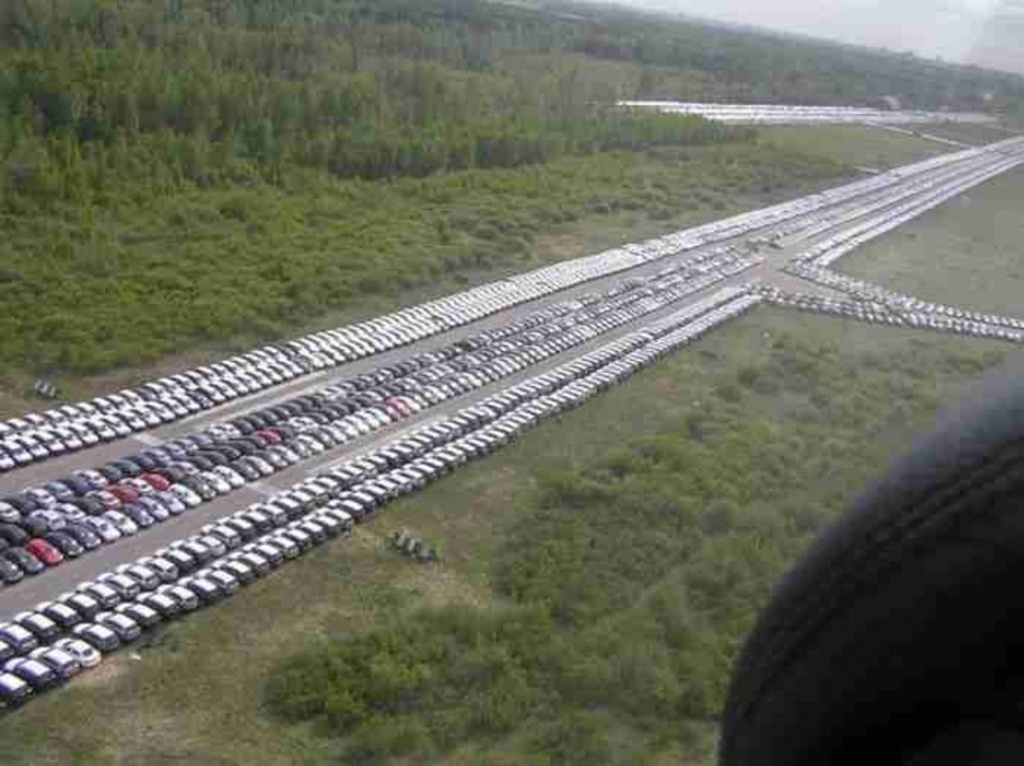
The dilemma persists, with stocks of unsold cars accumulating globally. Economists attribute this phenomenon to consumers lacking the financial capacity to invest in new cars, as existing vehicles are more durable than ever. However, the production continues unabated, exacerbating storage challenges and limiting options for utilizing these vehicles.
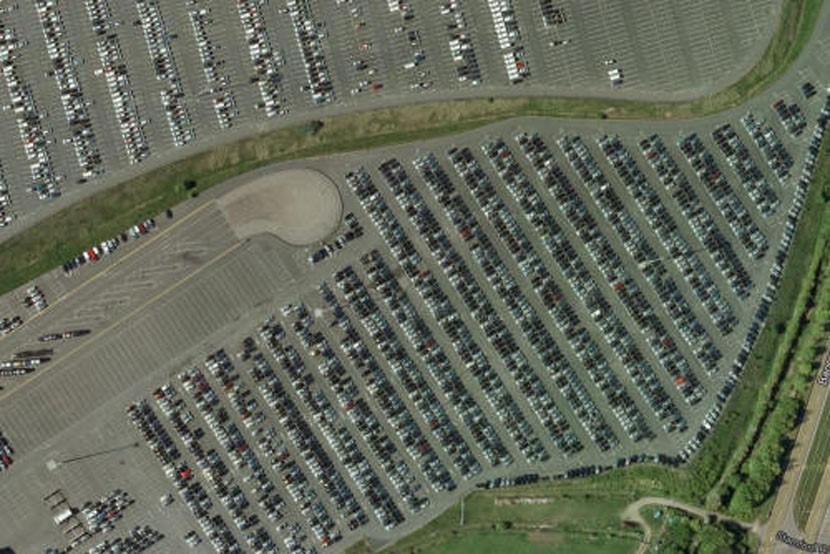
In an attempt to address the issue, automakers constantly introduce new models with advanced technologies. Unfortunately, older unsold cars face bleak prospects, often being disassembled for spare parts or crushed under pressure. Some manufacturers have relocated production to countries like China, but the demand for these vehicles in their home countries remains insufficient.
As the automotive industry grapples with this mounting crisis, a sustainable solution remains elusive. Until a balance is struck between production and consumption, the haunting image of brand-new cars standing idle in vast parking lots will persist, emblematic of an industry in need of innovative solutions for a sustainable future.
